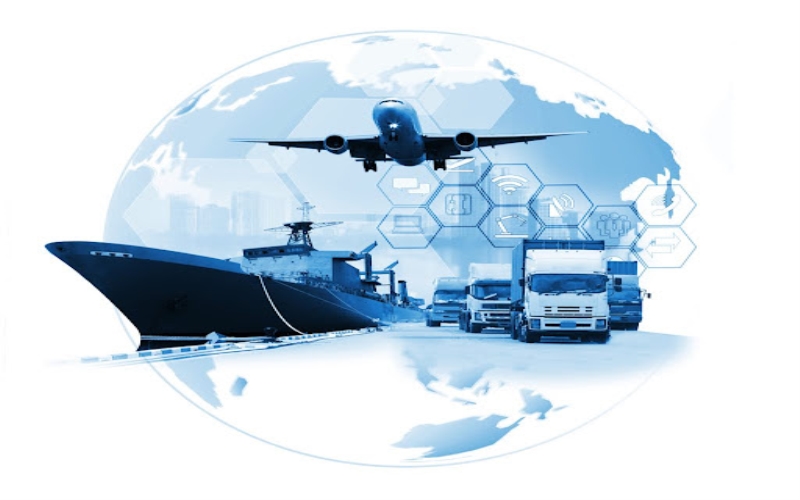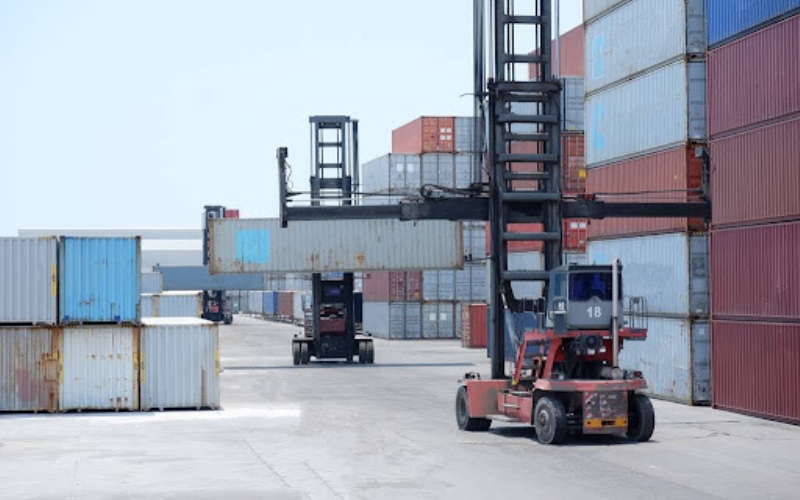The very nature of international logistics introduces a level of complexity that demands a sophisticated approach. Companies engaged in global trade must grapple with diverse regulations, varying cultural norms, and fluctuating market conditions. The transportation of goods across borders involves a series of interconnected steps, each susceptible to delays or disruptions. From the origin point to the final destination, a delicate balance must be maintained to ensure the seamless movement of products.
One of the key challenges faced in international logistics is the intricate web of customs regulations. Navigating through the labyrinth of paperwork and compliance requirements demands a nuanced understanding of the rules in each country. Failure to adhere to these regulations can lead to delays, fines, or even the confiscation of goods. Consequently, companies operating on an international scale invest heavily in teams of experts well-versed in global trade regulations.
The Role of Technology in Reshaping International Logistics
In recent years, technology has played a transformative role in revolutionizing the landscape of international logistics. Automation, artificial intelligence, and data analytics have emerged as powerful tools, enhancing the efficiency and accuracy of logistical operations. The integration of these technologies not only expedites processes but also provides valuable insights into supply chain dynamics.
One notable technological advancement is the implementation of blockchain in international logistics. Blockchain technology ensures transparency and security in transactions, offering a tamper-proof record of every step in the supply chain. This not only reduces the risk of fraud but also facilitates real-time tracking of shipments, providing stakeholders with instantaneous updates on the status of their goods.

Automation, particularly in the form of autonomous vehicles and drones, has also gained traction in international logistics. These innovations promise faster and more cost-effective transportation of goods. However, the widespread adoption of such technologies faces regulatory challenges, as governments grapple with the implications of unmanned vehicles on their roads and airspace.
The Evolving Landscape of Global Supply Chains
As the world becomes increasingly interconnected, the dynamics of global supply chains continue to evolve. The traditional linear supply chain model is giving way to more flexible and resilient networks. Companies are diversifying their sources of supply, adopting a multi-tiered approach to mitigate the risks associated with disruptions such as natural disasters, geopolitical tensions, or global pandemics.
The concept of just-in-time inventory management, which once dominated supply chain strategies, is now being reevaluated. The vulnerabilities exposed by events like the COVID-19 pandemic have prompted a shift towards building more robust and adaptive supply chains. Companies are now reimagining their logistics strategies, focusing on building strategic stockpiles, enhancing agility, and embracing digitalization to respond swiftly to unforeseen challenges.
Conclusion
In conclusion, international logistics stands as a linchpin in the global economy, connecting producers with consumers across continents. The challenges inherent in this complex field necessitate continuous innovation and adaptation. Technology, particularly blockchain, automation, and data analytics, has emerged as a catalyst for change, driving efficiency and transparency in international logistics. The evolving landscape of global supply chains underscores the need for businesses to embrace flexibility and resilience. As we move forward, the synergy between technological advancements and strategic planning will undoubtedly shape the future of international logistics, ensuring the smooth flow of goods in an interconnected world.

